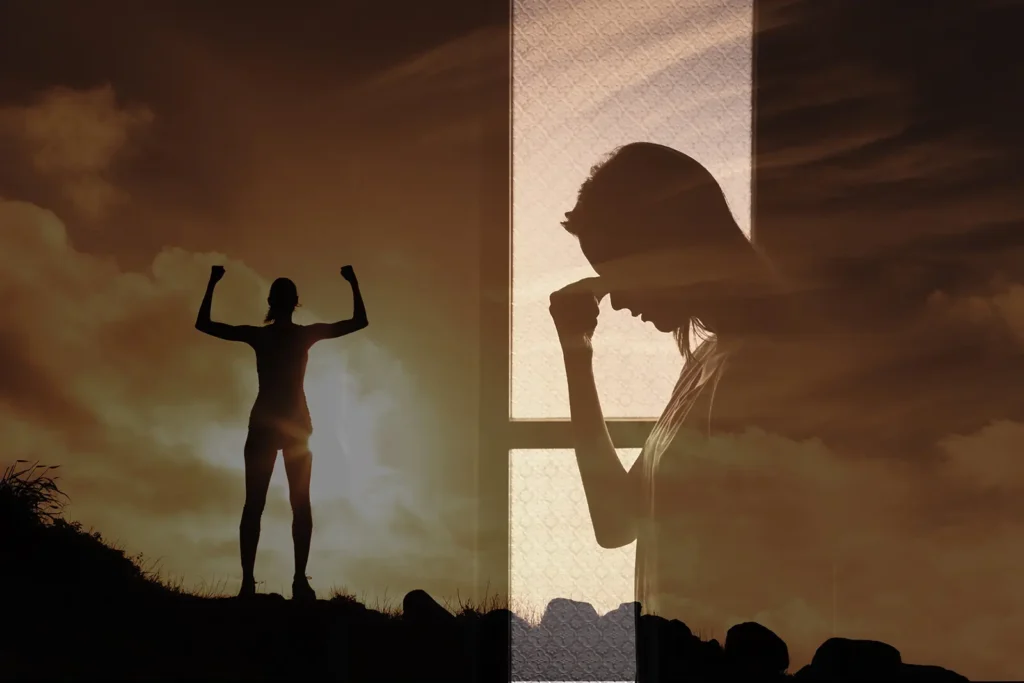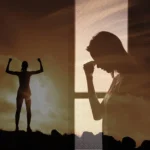There’s a truth that most of us try to avoid: suffering is inevitable. No matter how carefully we live, how cautiously we plan, or how fiercely we love—life will bring us pain. It may come through loss, betrayal, illness, failure, or the silent ache of loneliness. But within these traumatic moments lies a hidden power, one that we often don’t recognize until we’ve come out the other side: resilience.
Resilience isn’t something we’re born with. It’s something we build. It’s not a trait, it’s a process—a slow, gritty, deeply personal process forged in the furnace of our darkest hours. And the most profound thing about it is this: we don’t really understand how we heal until we’re forced to.
For me, that understanding began during the height of the COVID-19 pandemic. Like so many others, I was already grappling with the weight of isolation, fear, and uncertainty—but in the midst of that chaos, I experienced a deeply personal trauma that shifted everything inside of me. I lost my best friend, my dad. I found myself gravitating toward relationships that felt comforting at first but were ultimately damaging—relationships rooted in mental and emotional abuse, disguised as care. I didn’t know it then, but I was clinging to what I thought would save me, not realizing it was slowly breaking me down even more.
In hindsight, I see how that period revealed the parts of me that were wounded and desperate for healing. It was painful—unbelievably so—but it also taught me the most important lesson: who I give access to my life matters. Rebuilding my strength became not just a goal, but a lifeline. I had to reclaim my voice, redefine my boundaries, and relearn what love and safety actually feel like. That process, while slow and at times lonely, has been the foundation of my healing.
We live in a world that encourages avoidance. Numb it. Distract from it. Push through it. But healing doesn’t happen in avoidance. Healing begins when we face our pain head-on. When we stop running. When we sit in the silence of what broke us and ask, “What now?”
Every person has a different path to healing. For some, it’s therapy. For others, it’s solitude. For others still, it’s creativity, movement, faith, or connection. But we only discover that path through experience. Through trial. Through tears. Through moments when we think we’re going to break—and then, somehow, we don’t.
It’s in these moments that we come to know ourselves. Not the curated version, but the raw, unfiltered truth of who we are when everything else is stripped away. We find out what matters. Who we trust. What we believe. What parts of us are still standing, even when everything else has fallen apart.
Suffering introduces us to ourselves. And through that introduction, we begin to build resilience—not by bouncing back to who we were, but by growing into who we’re meant to be.
So no, suffering isn’t something we would choose. But if we let it, it becomes our teacher. It shows us where we’re wounded, but also where we’re strong. It strips us down, but only so we can rebuild with intention. And in that rebuilding, we find something unshakable.
I found my healing not in spite of the suffering, but because of it—and that truth has changed everything.



